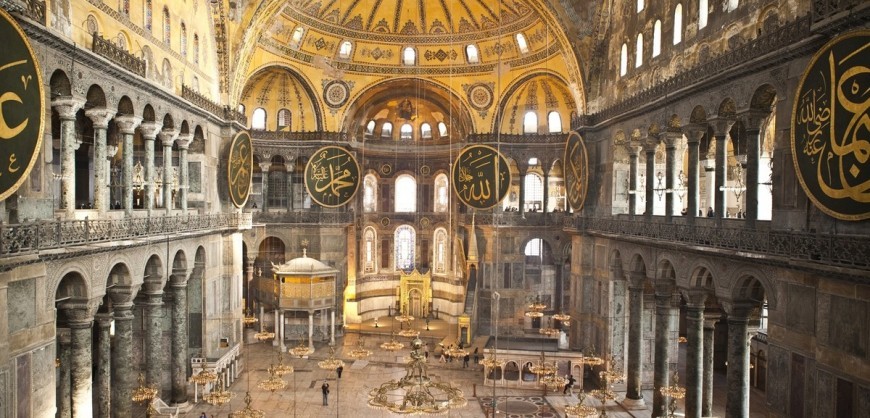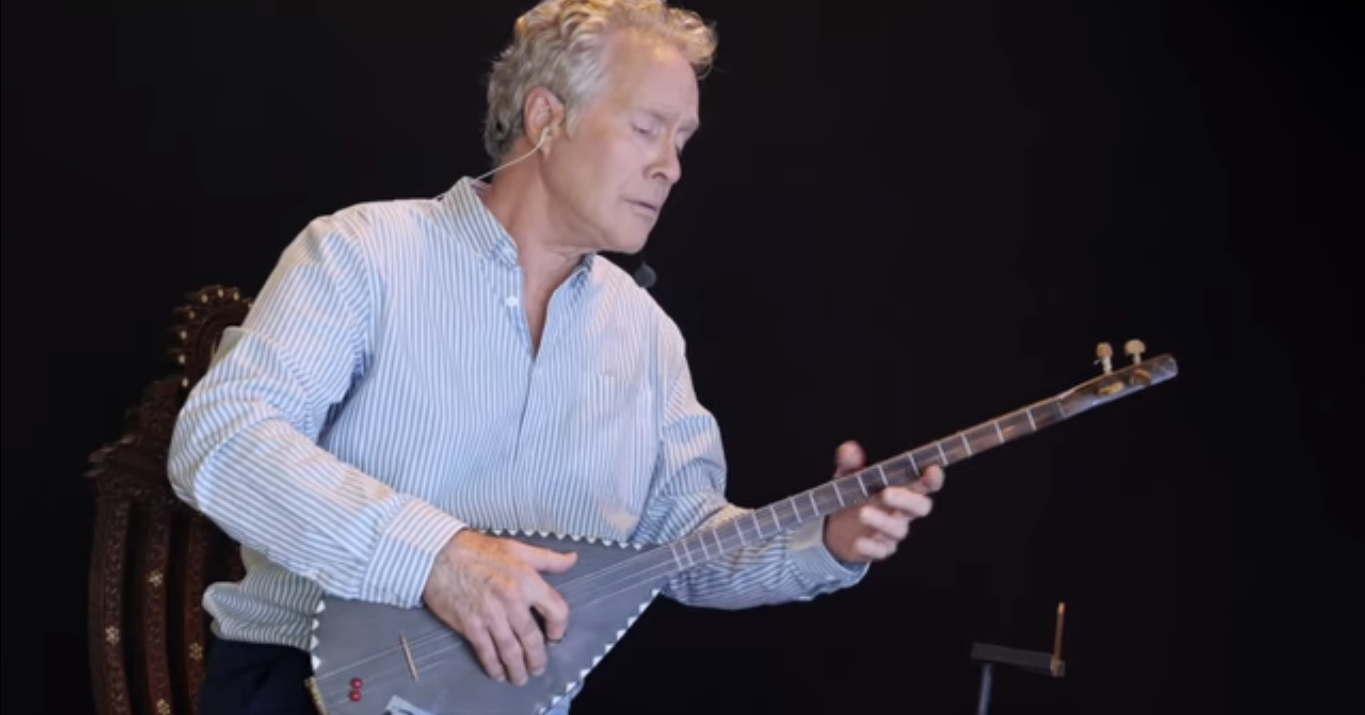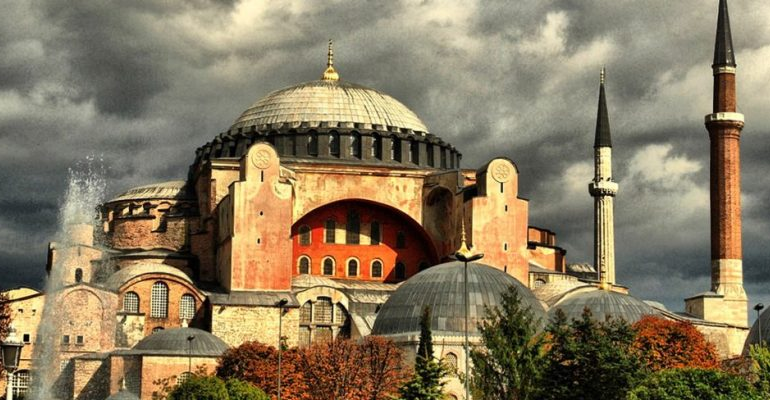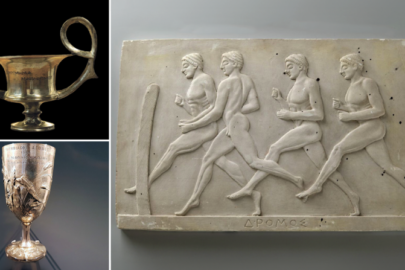Hagia Sophia, a former church and mosque, is an important part of Constantinople’s long history. Who knew its sublime sound could be transferred to Stanford?
Stanford scholars and scientists have worked to digitally recreate the experience of being in Hagia Sophia when it was a medieval church. Collaborating with choral group Cappella Romana, they digitally recreated the former holy building’s acoustics, and performed medieval church music in the university’s Bing Concert Hall as if it was Hagia Sophia. Their efforts are part of a multi-year collaboration between departments at Stanford that asks the question: can modern technology help us go back in time?
The “Icons of Sound” project focuses on the interior of Hagia Sophia, using recordings of balloon pops taken in the space and other audio and visual research to figure out the building’s acoustics by extrapolating from those noises. The scientists used that data to recreate the experience of being there—an experience that has been in some ways timeless for the almost 1,500 years the building has stood. But much has changed for the Hagia Sophia in that time.
In its lifetime, the massive structure, “with its giant buttresses and soaring minarets,” has been the site of what Smithsonian writer Fergus M. Bordewich calls “a cultural collision of epic proportions”.
Its name translates from Greek as “Sacred Wisdom”.
Who Were the First People to Arrive in the Azores?
To recreate the unique sound, performers sang while listening to the simulated acoustics of Hagia Sophia through earphones. Their singing was then put through the same acoustic simulator and played during the live performance through speakers in the concert hall, as they also sang, making the performance sound like it was taking place in Constantinople at Hagia Sophia.






































